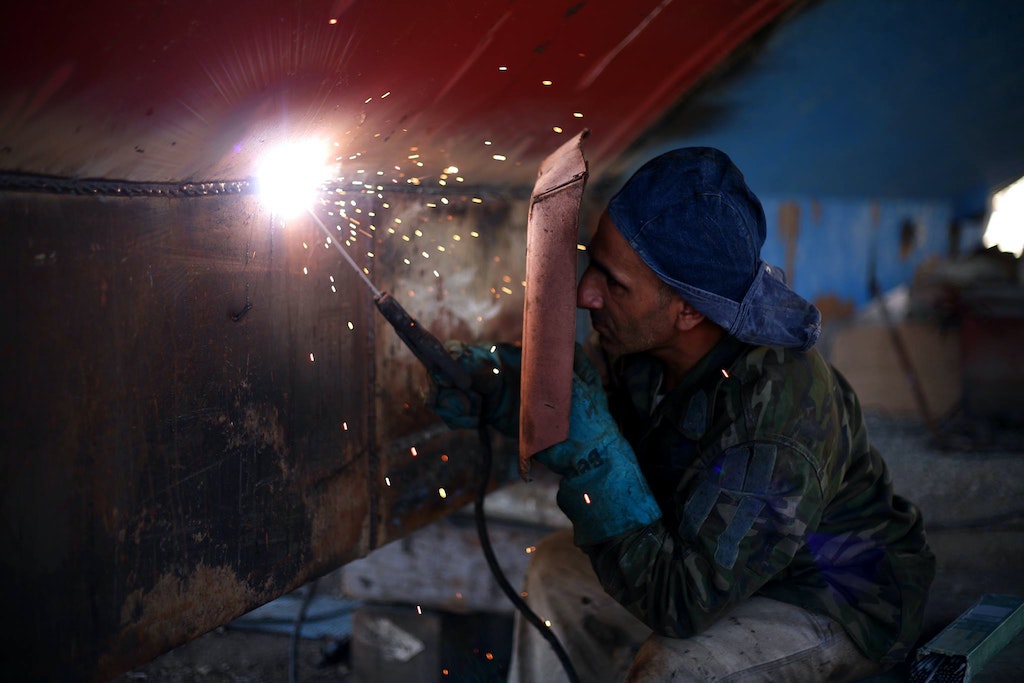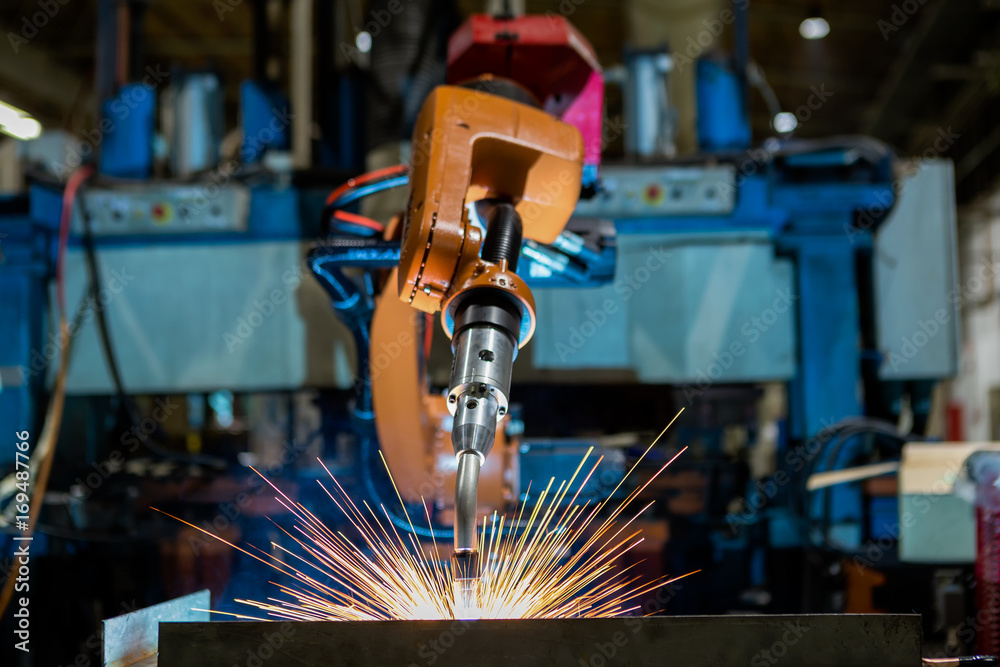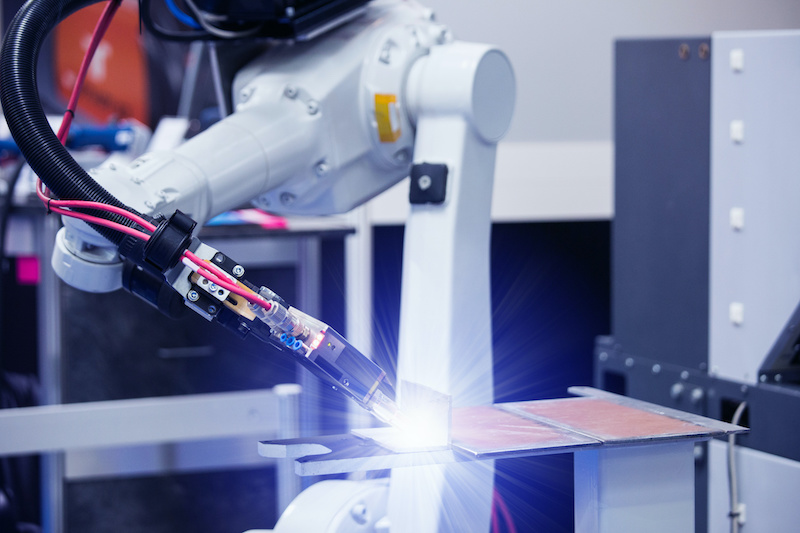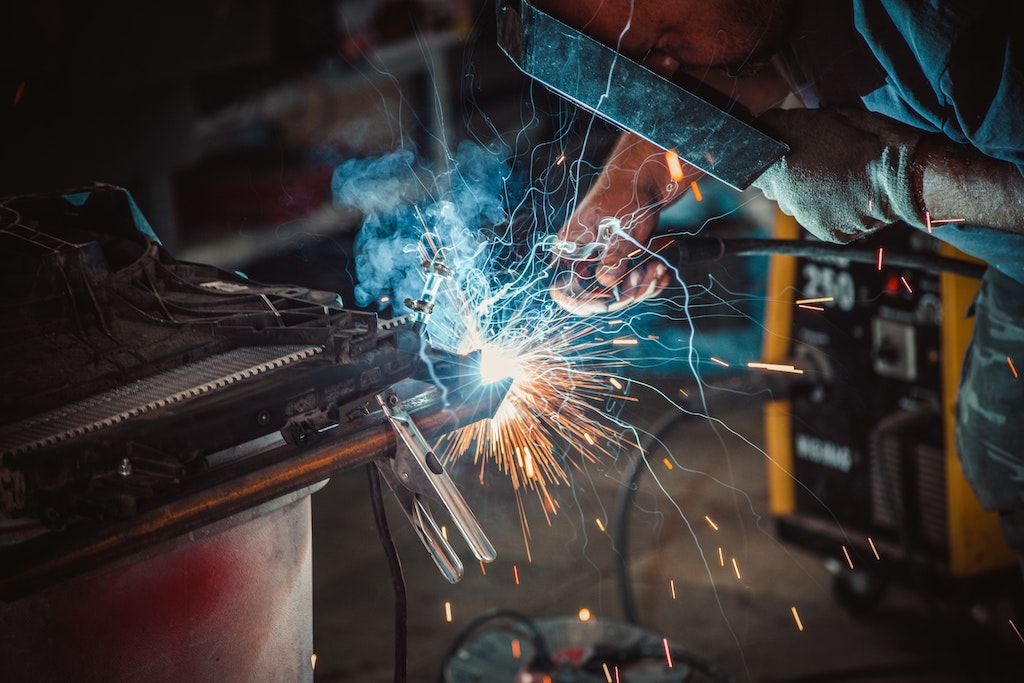How To Implement A Robotic Welding System
Welding Robot
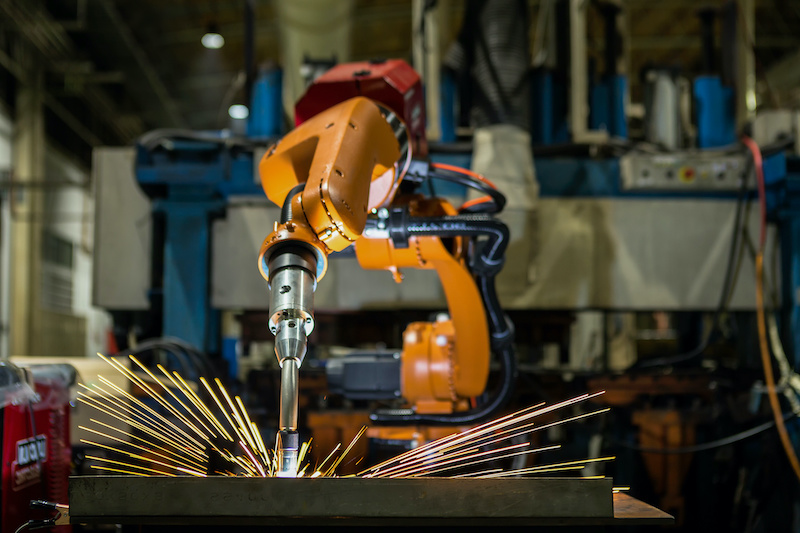
Welding robots have been used for many years in manufacturing and fabrication applications. They are typically used for welding large, heavy parts in sectors such as automotive, aerospace, heavy equipment and other manufacturing industries. A welding robot is a programmable machine that welds metal parts together by following a pre-determined sequence of welding motions.
